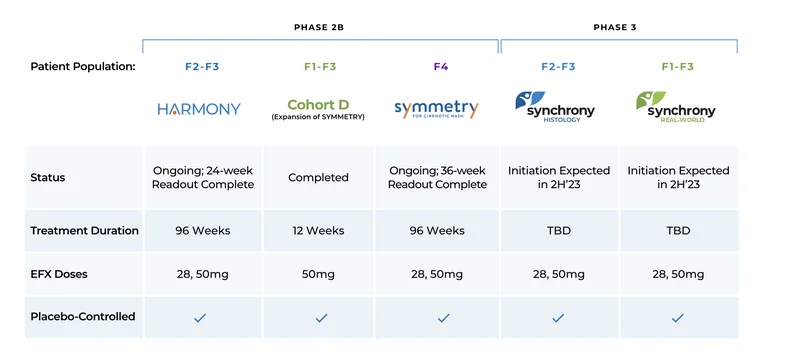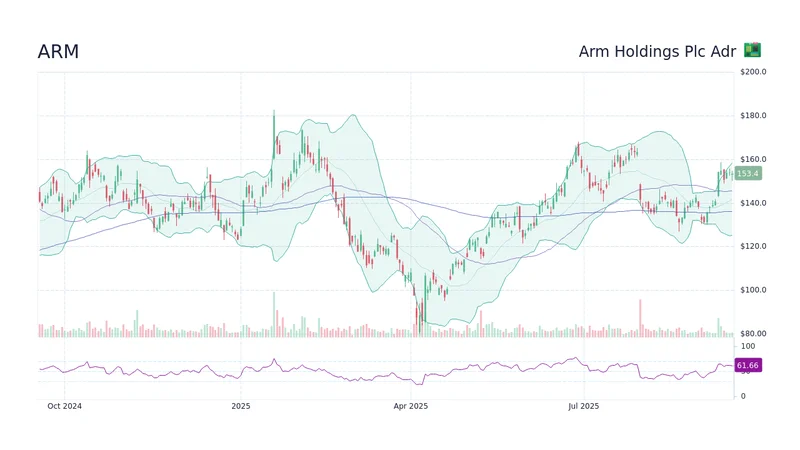MicroStrategy (MSTR) Stock: Analyzing the Bitcoin Correlation and Its Price Action
The recent price action in Strategy’s stock (MSTR) presents a fascinating case study in market perception versus corporate fundamentals. In the span of about 20 hours, the stock experienced two distinct surges for two entirely different reasons. First, a 4.5% jump on news of a potential tax rule change, followed by another climb to a 2.3% daily gain as the price of Bitcoin flirted with $119,400.
On the surface, this looks like business as usual for a company that has effectively tethered its fate to a notoriously volatile digital asset. But beneath the noise of the daily crypto charts, one of those catalysts was far more significant than the other. And the market’s reaction, or lack thereof, tells us everything we need to know about how this company is truly valued.
A Fundamental Shift Ignored
Let’s be clear: the guidance issued by the U.S. Treasury Department and the IRS is the most important piece of MSTR news in years. The memo suggests that companies might be able to exclude unrealized gains on digital assets from the calculation of their 15% corporate alternative minimum tax. For Strategy, a company sitting on over $27 billion in unrealized Bitcoin profits, this isn't just a minor accounting update. It's a potential multi-billion-dollar shield against a previously identified major financial risk.
I've looked at hundreds of corporate risk disclosures, and this particular threat—a massive, unavoidable tax bill on paper gains—was a structural vulnerability in the company's entire strategy. This new guidance effectively defuses that bomb. It’s a material change to the long-term financial health of the enterprise. The initial 4.5% pop in the `mstr stock price` was a logical, if muted, reaction.
But what happened next was more revealing. The market’s attention, like a child easily distracted by a shiny object, immediately pivoted back to the ticker that truly matters: the `btc price`. The stock’s subsequent movement was a near-perfect mirror of Bitcoin’s daily volatility, effectively erasing the memory of the fundamental corporate news that had broken just hours earlier. This suggests the market isn't pricing Strategy as a software company that holds Bitcoin; it's pricing it as a leveraged, and often flawed, Bitcoin derivative. The tax news was a footnote; the crypto price was the headline.

Why did a structural, long-term de-risking event get so little sustained attention compared to a routine fluctuation in the `bitcoin price`? Does the market simply not understand the profound impact of this tax guidance, or does it just not care?
The Proxy Problem
This brings us to the core discrepancy of `stock mstr`. It's sold as a way for traditional investors to gain Bitcoin exposure through a familiar vehicle—a Nasdaq-listed stock. Yet, the data shows it's an imperfect proxy at best. Since mid-July, MSTR’s common stock has actually underperformed Bitcoin itself. If the primary goal is exposure to the asset, the direct approach has recently yielded superior returns.
The stock's volatility is also an order of magnitude greater than its underlying asset. It has made an astonishing 73 moves greater than 5% in the last year. This isn't the gentle rise and fall of an S&P 500 component; it's the chaotic oscillation of a highly sensitive instrument. To use an analogy, holding Bitcoin is like owning a piece of a powerful, deep-ocean vessel. Holding MSTR is like being in a small speedboat tied to that vessel with a bungee cord. When the big ship moves, the speedboat doesn't just follow—it gets violently whipped around, often overshooting in both directions.
This is before we even address the issue of dilution. As analyst Mike Fay correctly pointed out—a point detailed in his analysis Strategy: Common Stock Dilution Continues (NASDAQ:MSTR)—Strategy’s primary method for acquiring more Bitcoin is by issuing more common stock (a move that inherently dilutes the value of existing shares). This is a corporate action, a deliberate choice with consequences that have nothing to do with the price of Bitcoin. You are not just betting on BTC; you're betting on management's ability to execute this capital strategy without destroying shareholder value. The performance this year has been strong, up about 15%—to be more exact, 15.4%—but it remains 27% below its 52-week high, a testament to its wild swings. When you compare this to the relatively straightforward mechanics of other high-volatility growth stocks like `tsla stock` or `nvda stock`, MSTR introduces a layer of corporate finance risk that is entirely unique.
Is this added layer of volatility and dilution risk a fair price to pay for the convenience of holding a stock instead of the digital asset itself? And at what point does the "proxy" become so detached from the "asset" that it ceases to be a useful instrument for tracking it?
A Flawed Instrument
My analysis suggests that while the long-term returns have been astronomical for early investors—a $1,000 investment five years ago is now worth over $23,000—the nature of the asset has fundamentally changed. Strategy is a fascinating case study in corporate re-invention, but as a financial instrument for Bitcoin exposure, it is deeply compromised. The recent tax guidance was a massive fundamental victory for the company, yet the market barely registered it before turning its gaze back to the crypto charts. This tells me that the institutional players driving the `mstr price` are not trading the company's balance sheet, its software business, or its tax efficiencies. They are trading it as a high-beta momentum vehicle, a source of leveraged volatility. The "signal" of a major corporate de-risking event was drowned out by the "noise" of Bitcoin's daily chop. For investors seeking pure, unadulterated exposure to the digital asset, the data is clear: the most direct path remains the cleanest.
Related Articles
The $5.2 Billion Bet on Akero Therapeutics: What This Means for the Future of Medicine
Here is the feature article for your online publication, written in the persona of Dr. Aris Thorne....
SOUN Stock Plunge: Revenue Surge vs. Market Skepticism
Alright, let's dissect this SoundHound AI (SOUN) situation. The headline screams "strong revenue sur...
The QQQ Hype Train: What the big money is doing and why you should probably ignore it
So a mid-sized wealth management firm you’ve never heard of just plopped down nearly $5 million on a...
Firo: What's the deal?
AI's Latest Hype Cycle: Are We All Just Falling for It Again? Alright, let's cut through the bullshi...
ARM Stock: Analyzing the price surge and what comes next
ARM's Surge is a Warning Sign, Not a Victory Lap On Monday, the market did what it does best: it rea...
Robinhood's Next Chapter: Decoding the 2025 Vision and What It Means for the Future of Investing
It’s easy to get lost in the numbers, and with Robinhood in 2025, the numbers are absolutely stagger...





